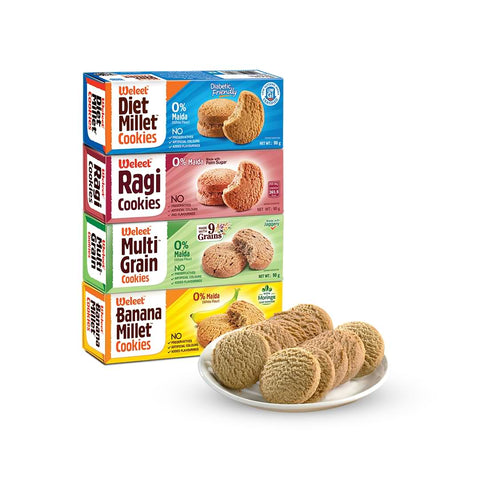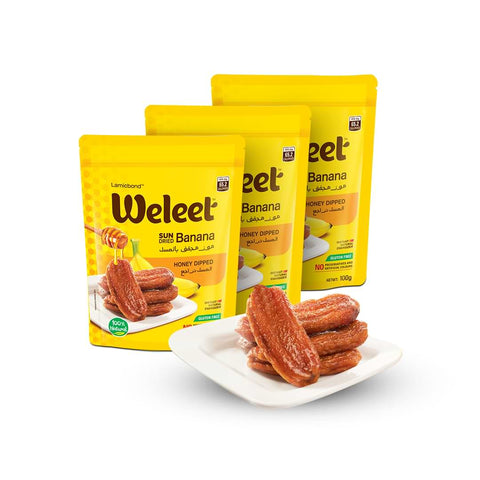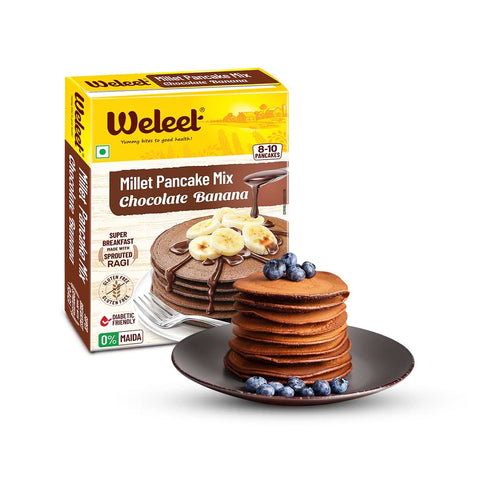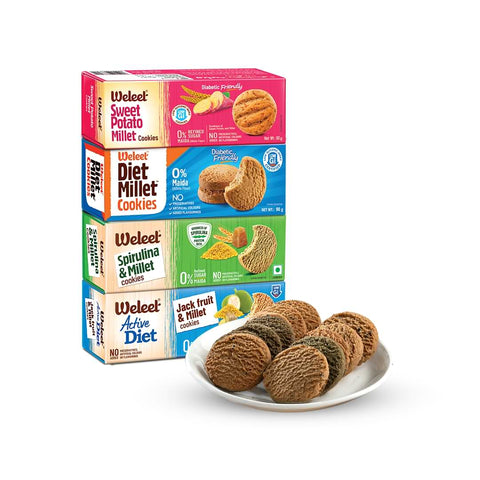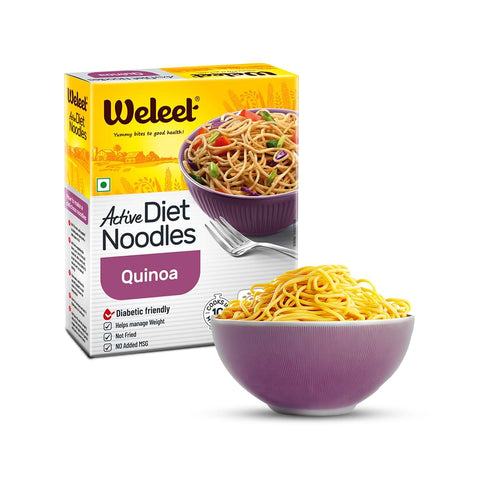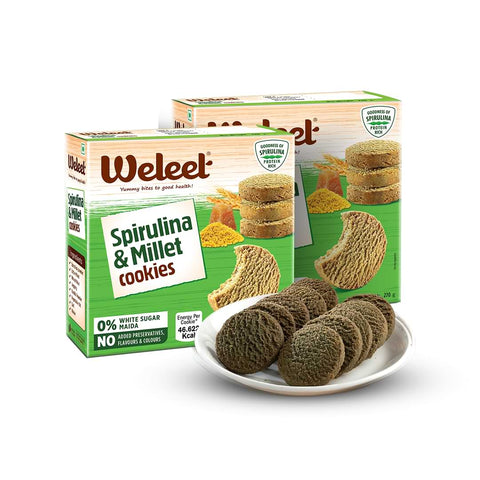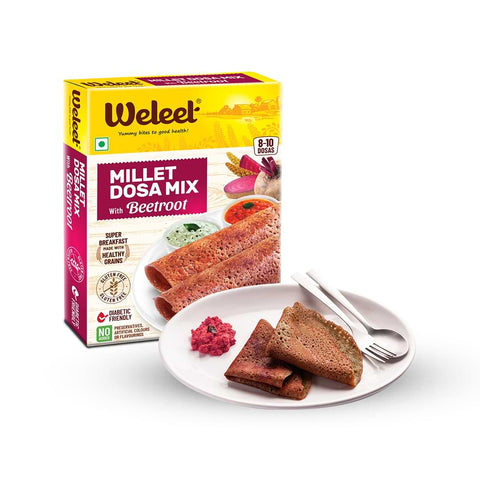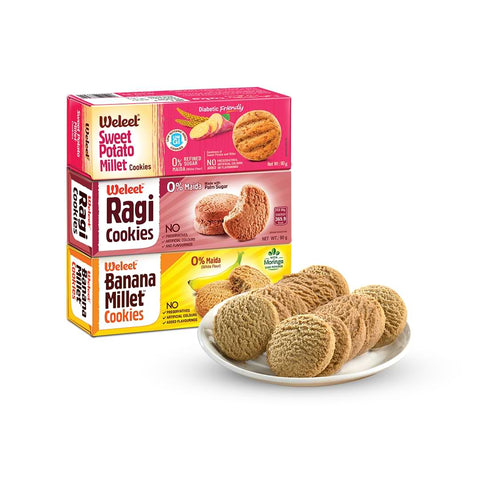What is Millet?
Small, spherical whole grains known as millets are grown in Nigeria, India, as well as other African and Asian nations. They are regarded as ancient grains and are utilized as food for humans, animals, and birds. They are superior to other crops in several ways, notably drought and pest tolerance. Additionally, they can endure inhospitable conditions and infertile ground. These advantages result from their genetic makeup and physical characteristics, such as their small size and hardness.
How did millet become a part of food industry
Many attempts are being made today to expand the demand for millet across India and throughout the world, especially by changing people’s perspectives. A lot of organizations are emerging to promote this cause. There are initiatives underway to teach farmers better millets-growing practices. Because of their propensity to avoid gluten, they are given a lot of attention. There are a lot of dishes that use millet as their main ingredient.
The Smart Food initiative is one instance of significant help to the cause. Smart Food, an effort that will initially concentrate on popularizing millets and sorghum, has been chosen by LAUNCH Food to be one of its outstanding innovations for 2017. Many institutions have already joined together to promote millets as part of the alliance that will carry the Smart Food initiative forward. This comprises the National Institute of Nutrition (NIN), the MS Swaminathan Research Foundation (MSSRF), the Self-Employed Women’s Association, and the Indian Institute of Millet Research (IIMR) (SEWA).
Millets are sustainable for the environment, and for the farmer farming them, and they offer affordable, high-nutrient options for everyone because of their high tolerance to adverse environments. Every year, over 40% of food made in India is wasted. Millets do not spoil quickly, and some varieties are still edible 10 to 12 years after planting. As a result, millets contribute significantly to reducing food waste and ensuring food security. In addition to having a high protein and being gluten-free, millet also contains magnesium and niacin (vitamin B3).
Types of millet
Millets can be divided into major and minor millets, which are the two main groups. Other millets, including sama, qodo, chinna, etc., are regarded as minor millets. Major millets include finger millet, sorghum, pearl millet, and foxtail millet. Numerous lesser millets are at risk because their populations are declining, and some have even completely vanished.
Every millet has a distinct purpose. While some millets, like finger millet, are high in calcium, others, like jowar, are packed with potassium and phosphorous, and both foxtail and qodo are fibrous. Consequently, it is wise to continuously switch up the types of millet we consume.
Before the world became aware of the health advantages of these superfoods, millets were frequently used to feed birds and other animals. However, millet was employed for a wide range of dishes in different parts of India, especially for their extraordinarily nutrient-dense makeup.
Low IG
Due to poor dietary practices, India is regarded as the world’s diabetes capital. Millets with a low GI are in high demand as a result of this. These gluten-free millets can also be quite helpful in avoiding and treating a number of health problems. Millets are a great source of fiber and minerals like magnesium, phosphorus, iron, calcium, zinc, and potassium. They are filled with the goodness of nature.
Niacin
Niacin, which is abundant in millet, aids your body in controlling over 400 enzyme reactions. Niacin is essential for good skin and proper organ operation. In reality, it’s a crucial substance that is frequently added to packaged foods as an enrichment.
The darker kinds of millet are particularly good sources of beta-carotene. This organic pigment supports the condition of your eyes and functions both as an antioxidant and a source of vitamin A, assisting your body in fending off free radicals.
Nutrients including, magnesium, copper, phosphorus, and manganese are abundant in millet. They are fantastic for keeping a healthy lifestyle. A nutritious, well-balanced diet will also reduce your risk of developing heart disease and other potentially fatal conditions.
Great for weight loss
Millets are a good option for healthy weight loss when trying to reduce weight because of their extremely low-calorie content. Even for those who are seeking to eat in a way that will keep up their energy levels during the day without feeling continually puckish and calorie-conscious.
Increase immunity
Weak immunity is fatal and always will be. You are more likely to repeatedly experience health problems if your immune system is weak. This is brought on by the system’s severe protein deficiency. Regularly including millet in your diet can assist your body to replenish all the proteins that were lacking in it.
Filled with nutrients
Many carbohydrates, including rice and wheat, are simple to break down after consumption, leaving the user hungry shortly after eating. Because of this, people often turn to unhealthy restaurants to satisfy their appetites. Due to their tougher structures and difficulty in digestion, millets keep you enough away from harmful eating habits.
Preventing diabetics
Millets are a great food to eat to prevent diabetes from ever developing in non-diabetics because of their low glycaemic index. In particular, it helps keep type 2 diabetes within control.
Millets have the ideal amount of necessary fats to provide our bodies with natural fat. This helps avoid high cholesterol, heart attacks, and other heart-related diseases by preventing extra fat from accumulating in muscles. Millets are the finest direct replacements for their unhealthy counterparts, significantly lowering the risk of heart disease.




